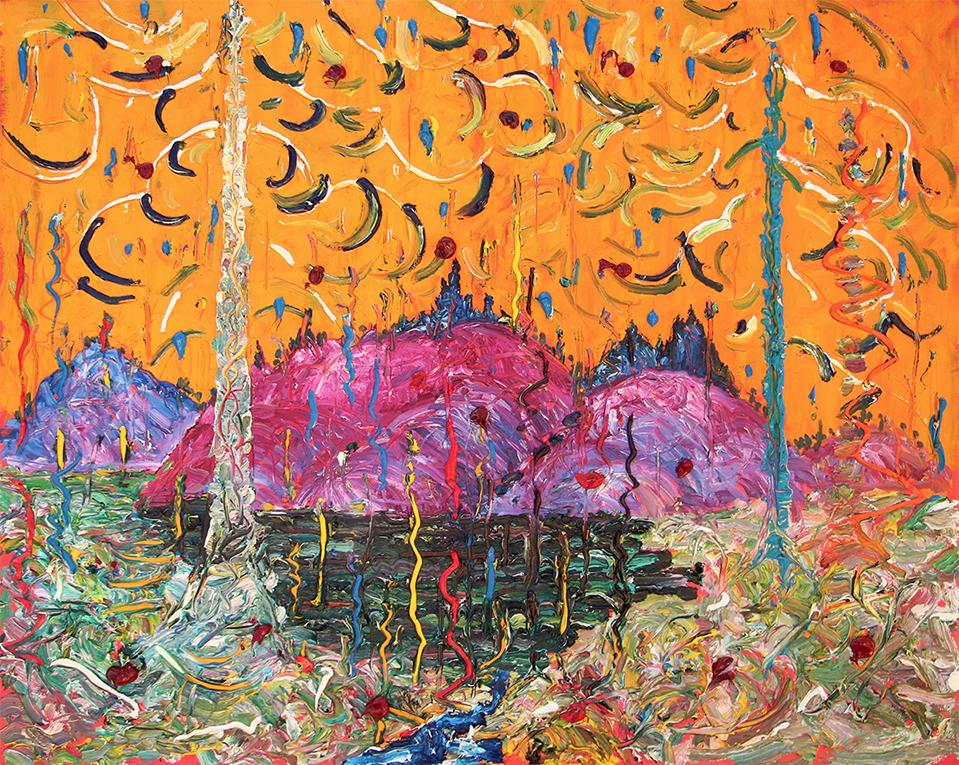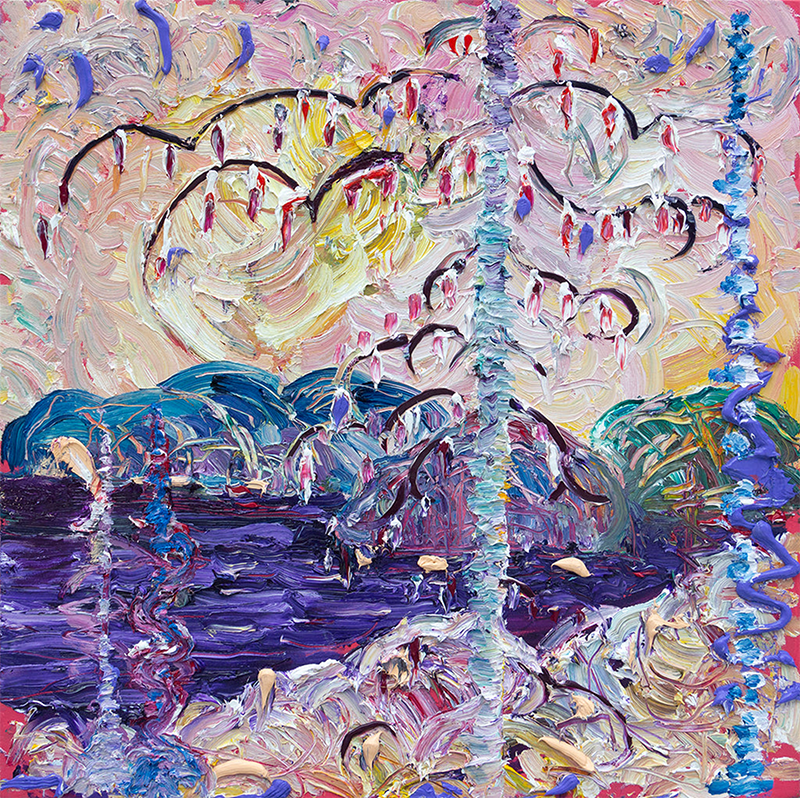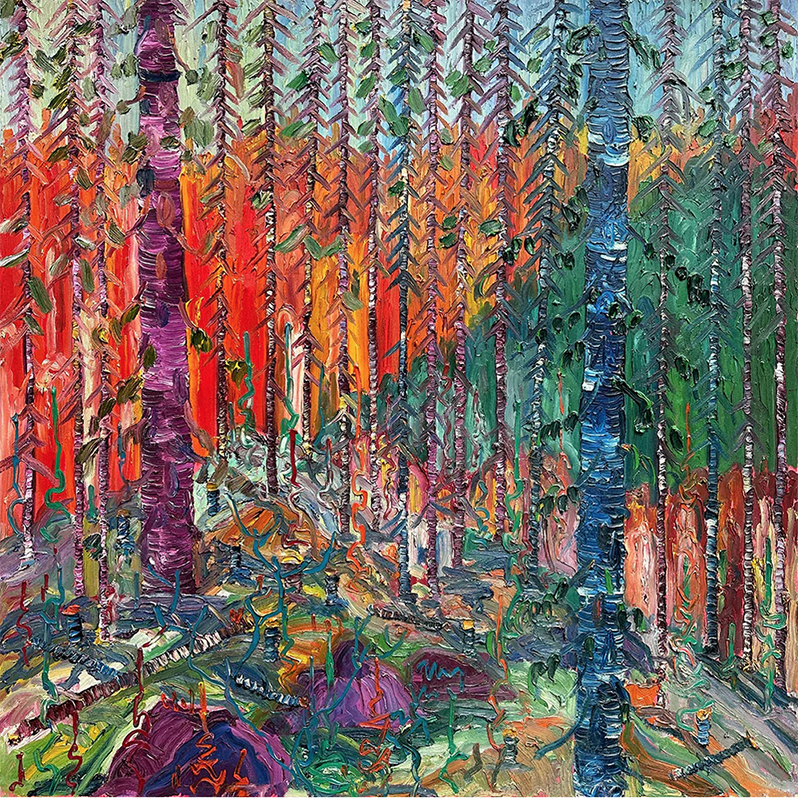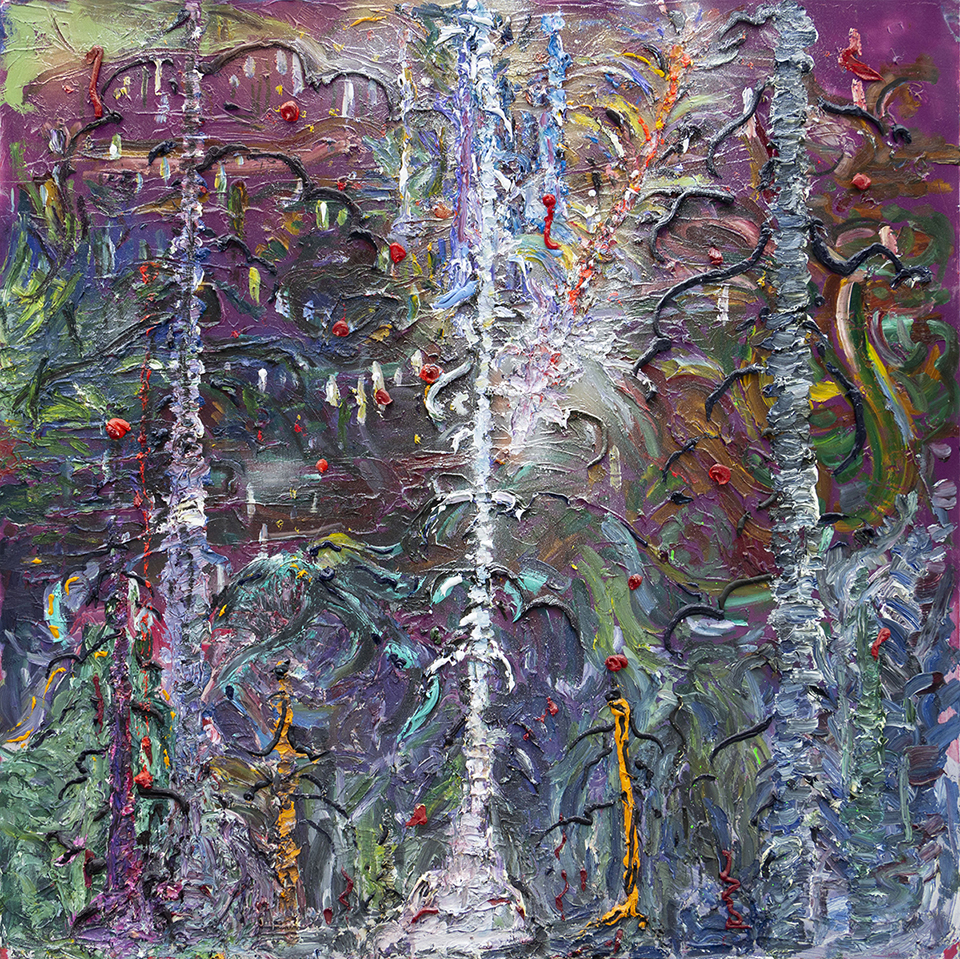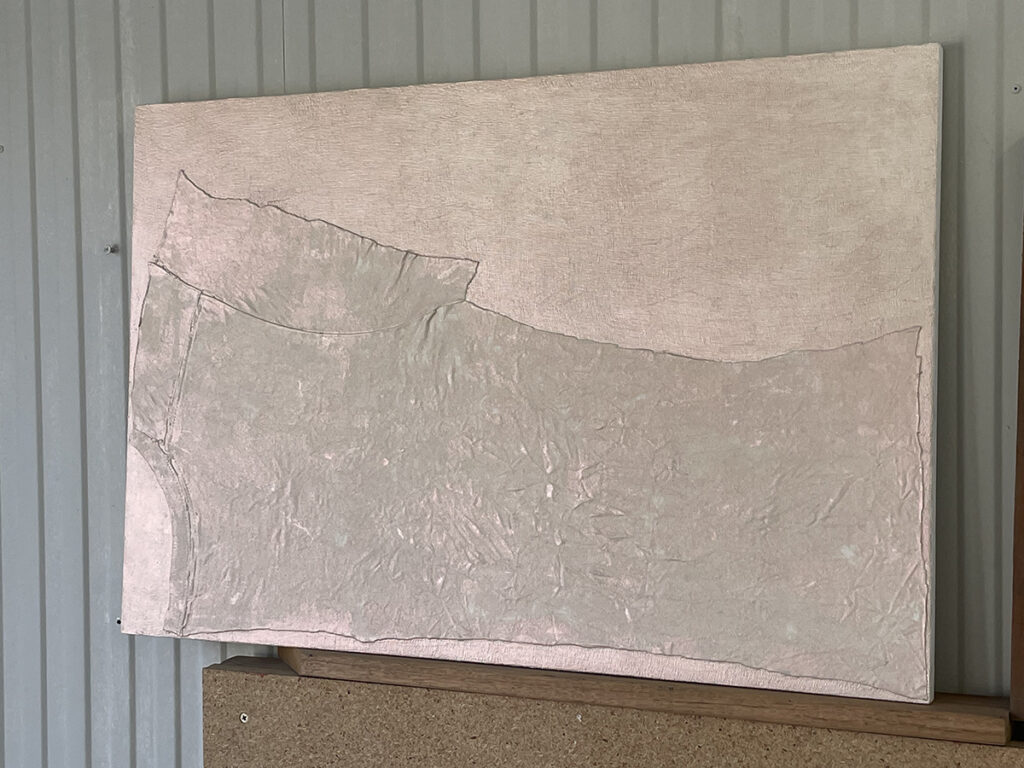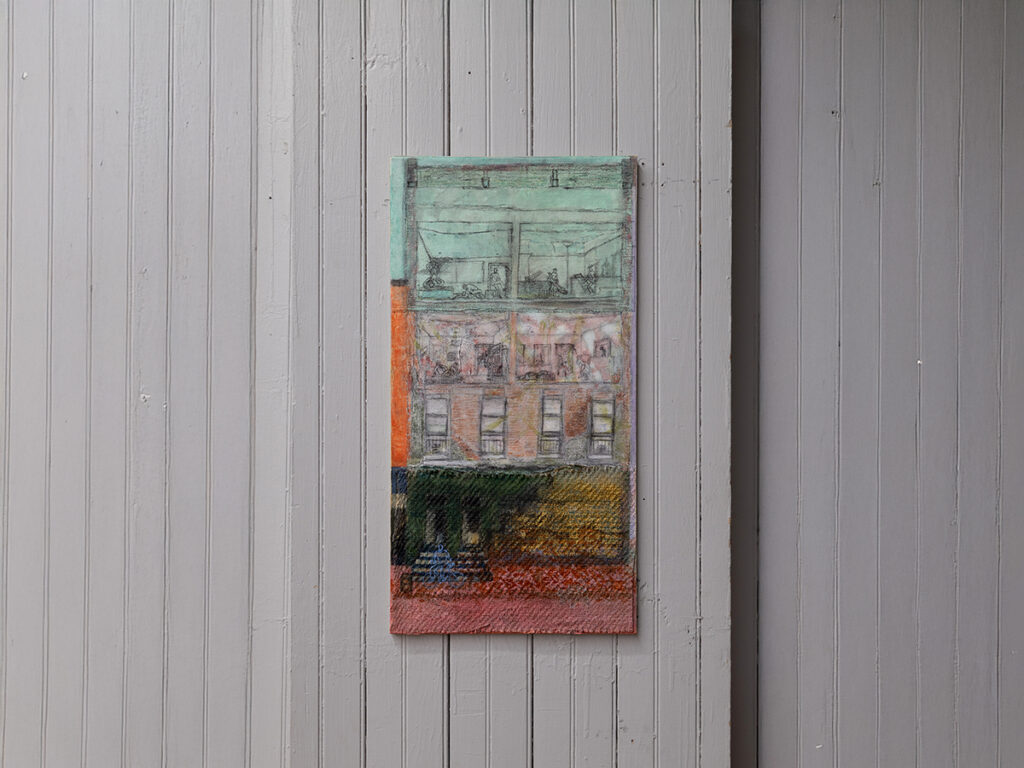by Roy Bernardi
A trip to the Capital is incomplete without visiting the National Portrait Gallery of the Smithsonian Institution located at 8th and G Streets NW in Washington, DC, even for those who may not have a keen interest in art and culture.
If you could only choose one museum to visit among the many in Washington DC, this would undoubtedly be the one to prioritize. The structure itself is not just a spectacular building but also a remarkable museum. The National Portrait Gallery stands as a significant institution in Washington. It boasts a collection of over 26,000 works featuring renowned historical and contemporary figures. President Abraham Lincoln marked his second inauguration in the Great Hall.
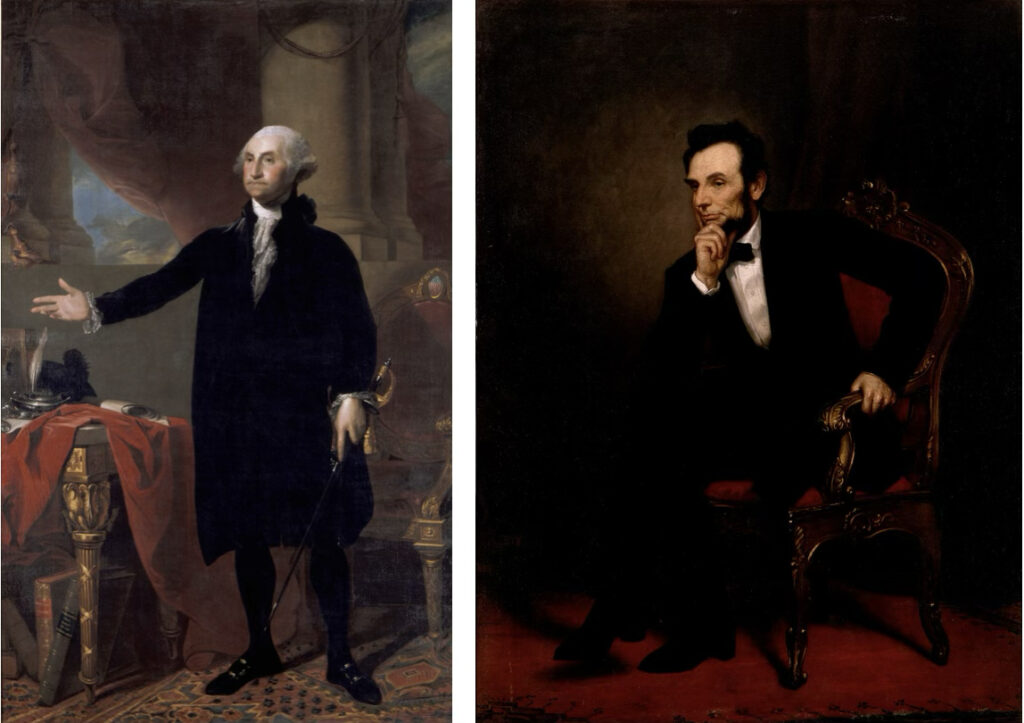
Historically, the building was home to the nation’s founding documents and functioned as a site for government offices and public collections. In the 1950s, it narrowly escaped demolition and was revitalized as part of the Smithsonian following a comprehensive renovation from 1962 to 1968. A further renovation occurred in 2006, which introduced a distinctive feature that is highly favoured by guests: the Robert and Arlene Kogod Courtyard. This building is among the oldest public structures in Washington. In summary, the historic edifice is nothing short of magnificence.
I had the opportunity to visit the museum with Elizabeth Diane White, a resident of Washington and the author of the book “55, Underemployed, and Faking Normal.” Upon our arrival at the museum, a fortunate group of eight, myself included, was granted the privilege of a private tour of the collection, which was conducted by a silver haired woman who’s insights revel the hidden stories and quiet wonder surrounding each piece of art. She was not only knowledgeable about the collection but also exhibited great enthusiasm in recounting stories about some of the featured portraits. It was genuinely delightful to listen to her.
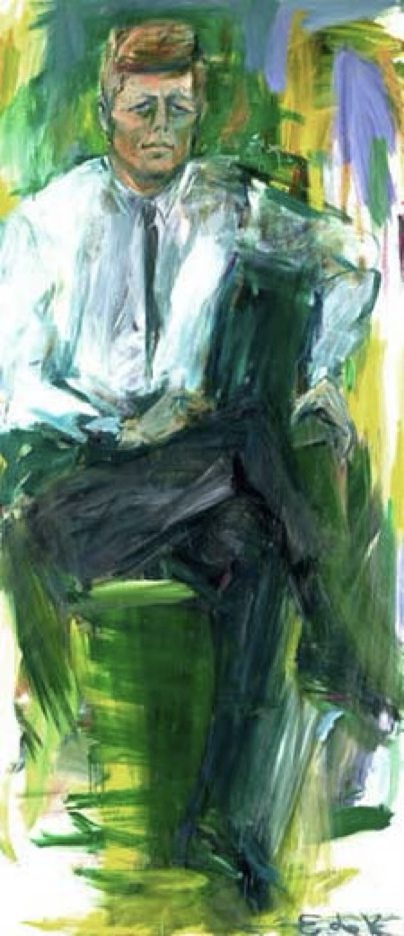
Undoubtedly, the Presidential portraits are the most popular artworks in the museum. They feature every president from George Washington to the current president, Donald J. Trump. Notably, both Trump and Joe Biden do not have a painting/portrait of themselves but do have their photographs displayed on the walls. When asked about the lack of paintings for Trump and Biden in the collection, our tour guide responded, “that’s a very good question, one that I asked myself,” and clarified that portraits are only created after a president has completed their term in office. Joe Biden’s portrait is currently being painted. It is fascinating that one of the most frequently asked about presidential portraits is that of John F. Kennedy, painted by Elaine de Kooning, the wife of the famous abstract expressionist artist Willem de Kooning (1904-1997). Kennedy’s portrait is significant for being the first to break away from the traditional, photorealistic style. Another noteworthy painting is that of Richard M. Nixon, created by the beloved American artist Norman Rockwell, which was actually painted in the year he was elected president. This may have been his tactic to gain the trust of the American public and a way to support his election campaign. Nixon later donated the portrait to the museum, ensuring it would serve as a lasting tribute to himself among the other presidents that came before him. President George H. W. Bush and President George W. Bush were the first father and son to both serve as presidents of the United States.
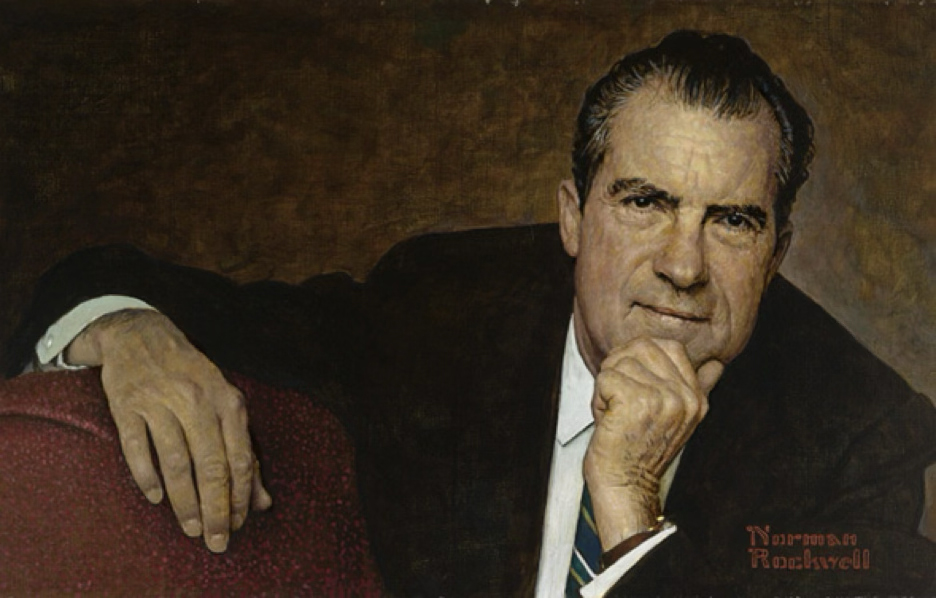
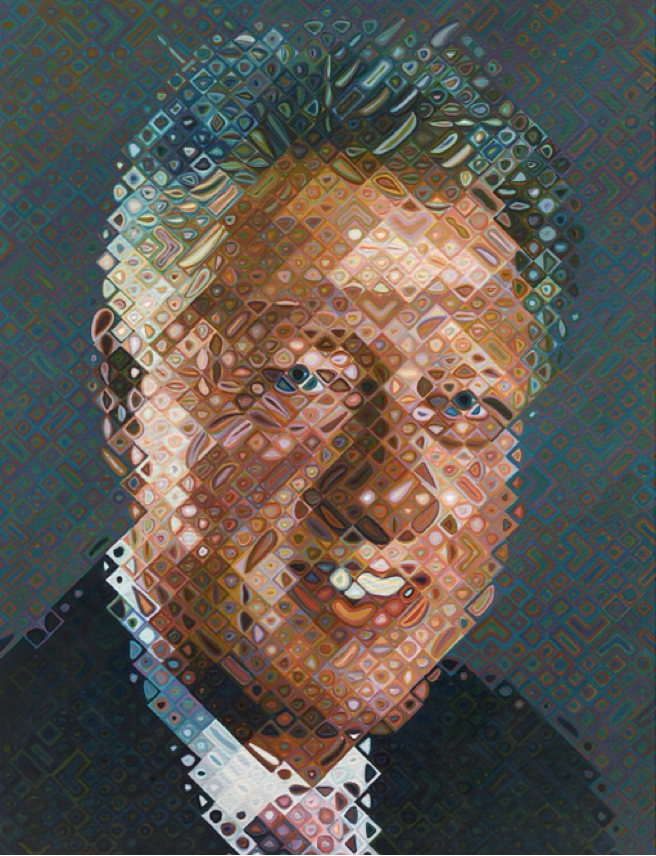
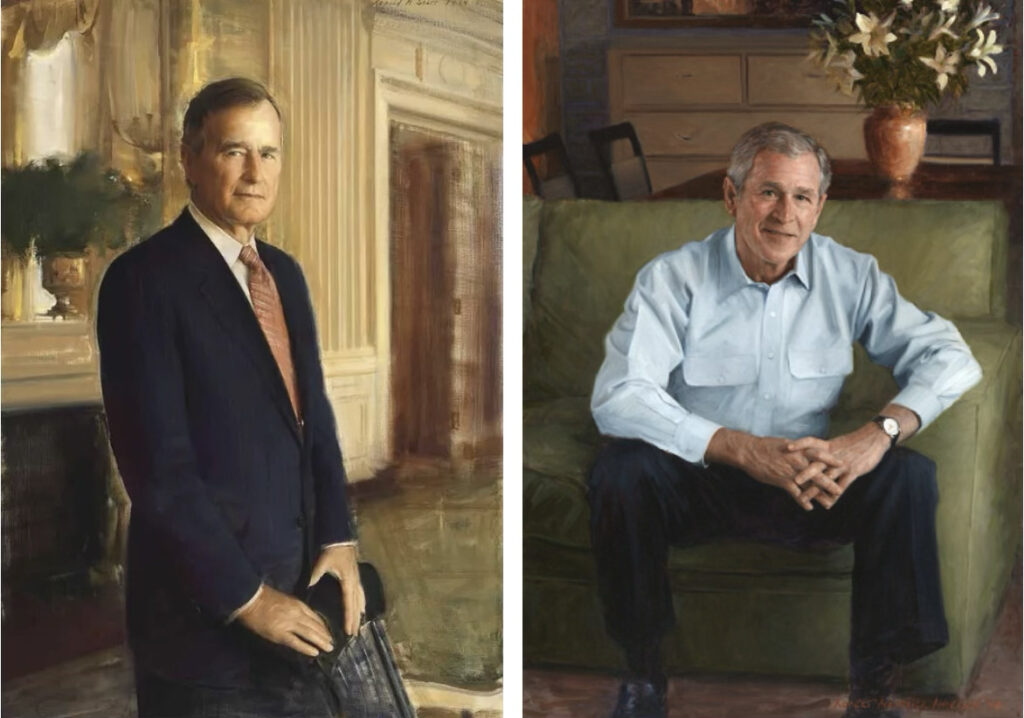
William (Bill) Clinton’s portrait, created by the innovative American conceptual portrait artist Chuck Close, immediately captures attention upon entering the room due to its striking contemporary style and impressive size. Its rich, powerful colours almost sparkle and radiate with a sense of exuberance. In contrast, Barack Obama’s portrait, painted by American portrait artist Kehinde Wiley, evokes multiple meanings that can be interpreted differently by each viewer. For instance, as one observes Obama’s hands, they appear larger than life, symbolizing the burden and weight of caring for the world. The foliage that surrounds him may represent the evolution and fragility of life itself as an ever-growing entity.
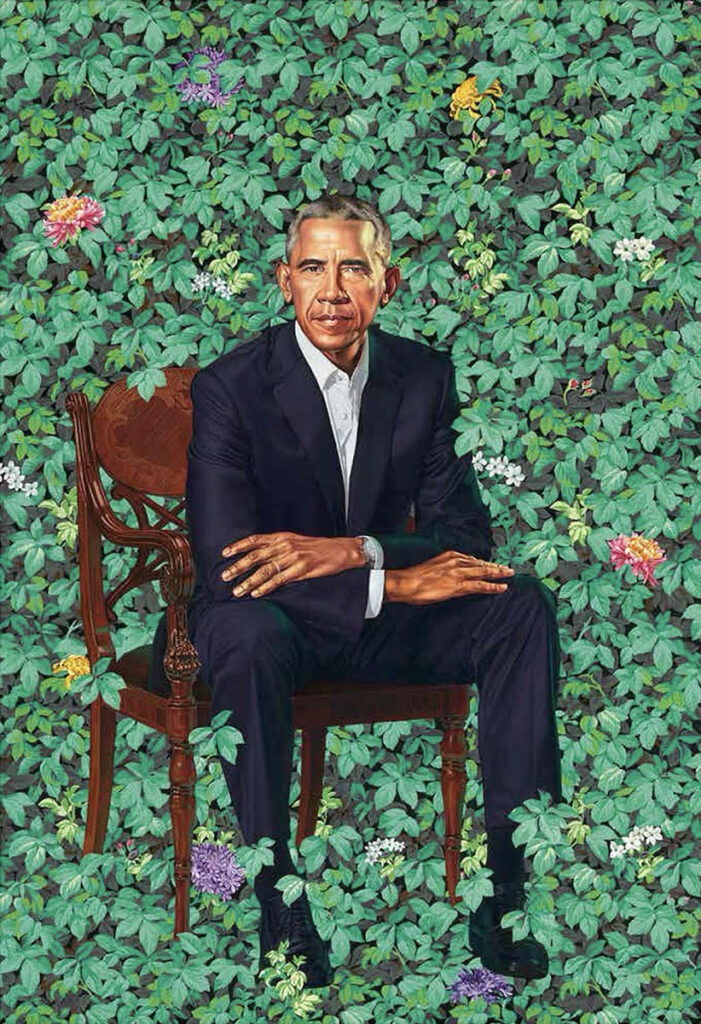
The museum exudes an eerie atmosphere, resonating with the spirits of the lives captured within the portraits, each possessing its own narrative of triumph or sorrow. As you meander through the corridors and rooms, filled exclusively with an array of portraits ranging from the renowned to the obscure, from inventors to innovators, from affluent individuals to the less fortunate, from musicians to sports icons, from centuries past to the current century, and spanning every facet of life, you can genuinely sense and unconsciously feel their presence. One of the most remarkable pieces currently on view is the portrait of Toni Morrison by American artist Robert McCurdy, an oil on canvas that boasts such meticulous detail it resembles a photograph. Upon viewing the portrait, my lovely guide to Washington Elizabeth Diane White promptly requested to have her photograph taken alongside the painting. As a woman of colour, she shares a connection with Toni Morrison, who was also a writer and a significant influence in her life. It is fascinating how various portraits can evoke different responses in different individuals.
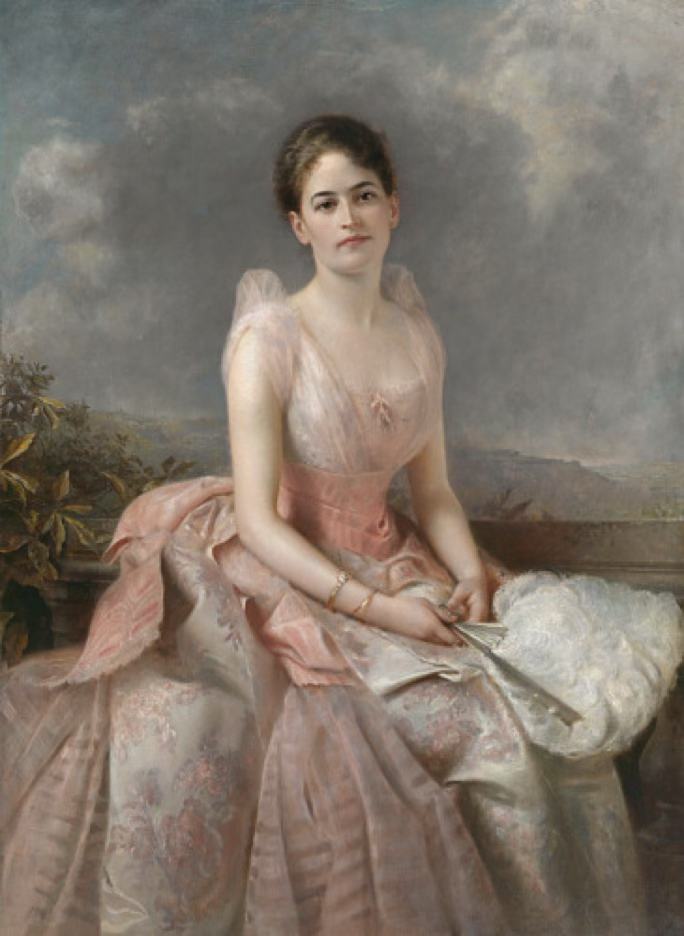
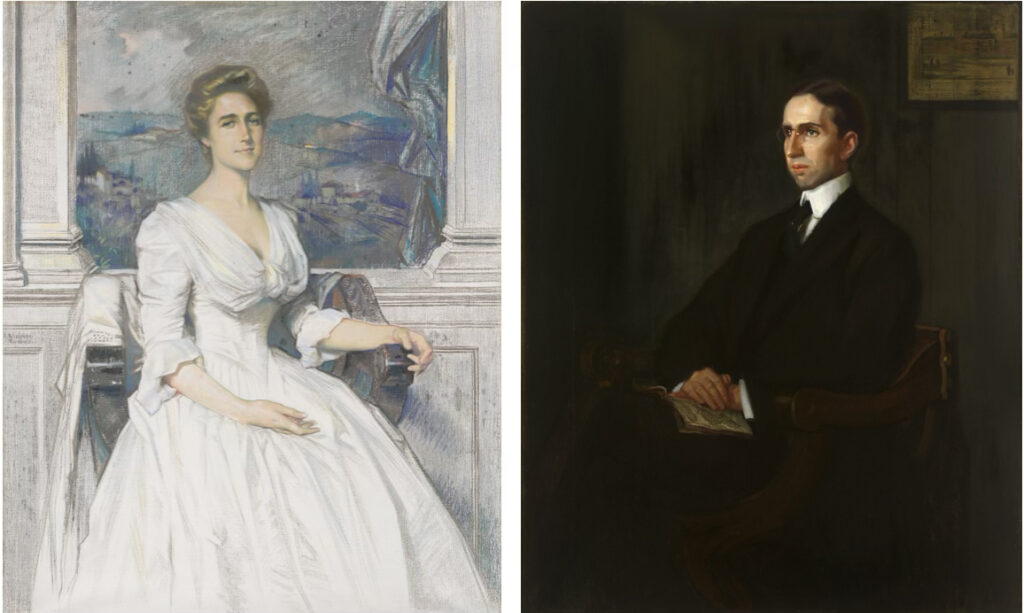
A portrait that our museum guide particularly admired was that of Juliette Gordon Low, created by the British Victorian artist Edward Hughes, renowned for his royal portraits, including one of Queen Mary in 1895. The guide recounted the poignant story of Juliette’s life, which ultimately led her to establish the Girl Scouts of the United States of America. Born into a socially and financially prominent Southern family, Juliette married the affluent cotton merchant William Mackay Low, whom she regarded as her true love, on December 21, 1886. However, their marriage was marred by William’s frequent travels to Warwickshire, England, where he began an affair with actress Anna Bateman. In 1901, William’s request for divorce shocked society, leaving Juliette heartbroken as she returned to America. There, she encountered William Baden-Powell, the founder of the Boy Scouts, which inspired her to create the American Girl Guides. Tragically, before the divorce could be finalized, William passed away from a seizure while traveling with his mistress. On March 12, 1912, Juliette registered the first troop of American Girl Guides, consisting of 18 girls, which was later renamed the Girl Scouts in 1913.
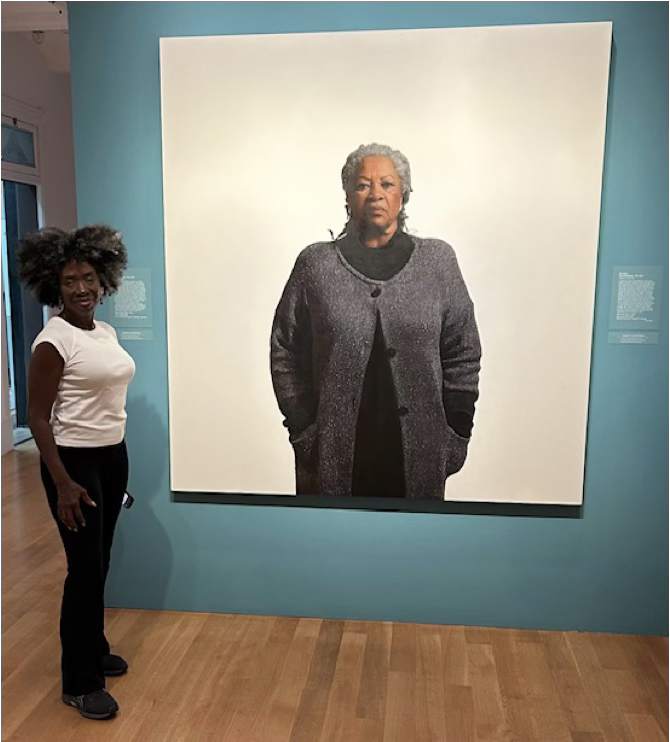
The staff at the National Portrait Gallery are exceptionally kind and eager to assist you in locating any portrait you might be seeking. I inquired about the portraits created by the Detroit-born artist Julius Rolshoven, of which the museum possesses two in its collection. Rolshoven painted a portrait of Anson Phelps Stokes, a prosperous American merchant, banker, and property developer, as well as a portrait of philanthropist Carol Mitchell Phelps Stokes. Unfortunately, these works are currently stored away and not on display, but they were generous enough to provide me with images of them. I was genuinely impressed by their willingness to help me find a portrait of interest. An interesting remark was also made; I was informed that 90% of the collection is in storage, although it is rotated frequently.

